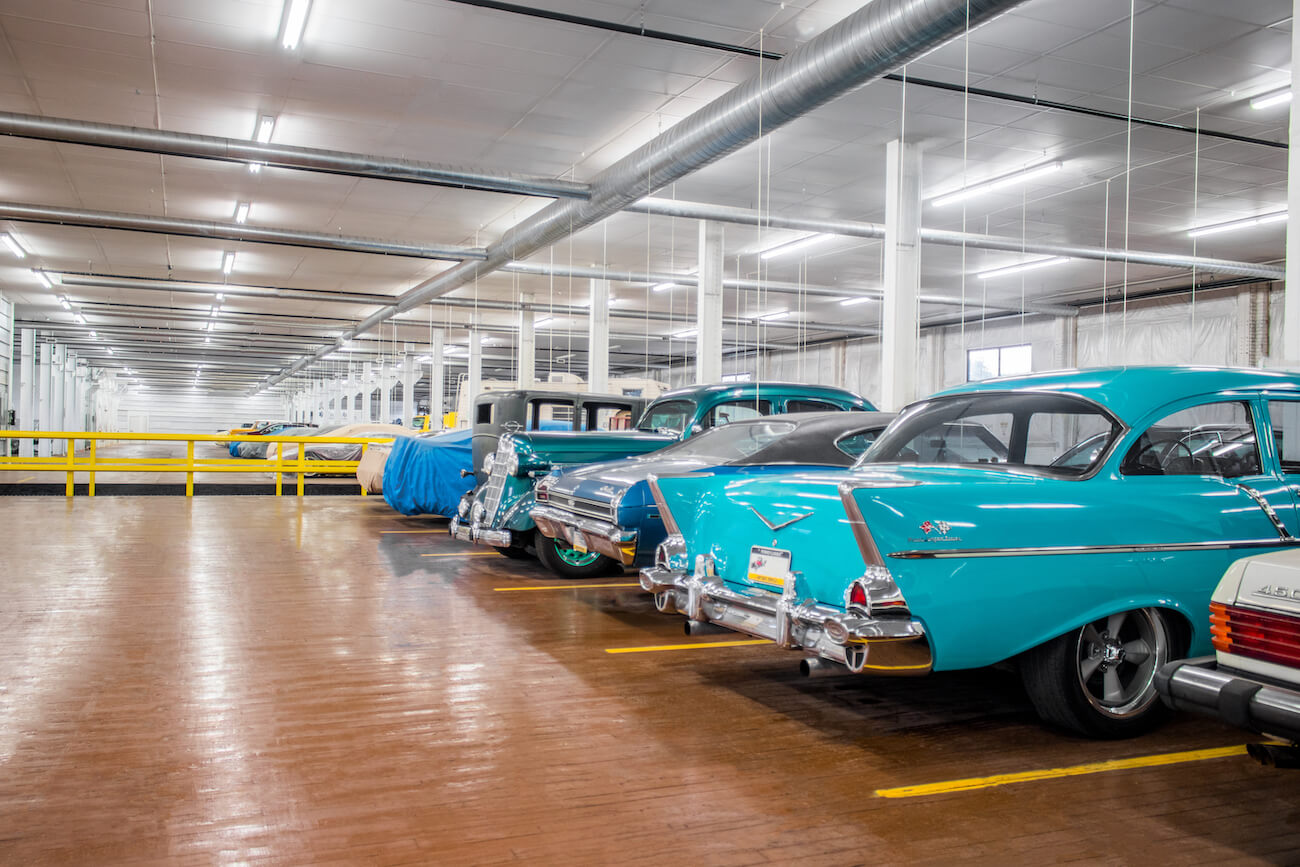
Vintage cars, often delicate and susceptible to environmental factors, require meticulous care to maintain their beauty and functionality. Improper storage can lead to irreversible damage such as rust, faded paint, cracked upholstery, and mechanical deterioration. To safeguard your investment and ensure your vintage car retains its value, a thoughtful approach to storage is essential.
Selecting the right storage facility is crucial. Ideally, it should offer the following features:
Climate Control: Temperature and humidity fluctuations can wreak havoc on vintage cars. A climate-controlled environment helps maintain stable conditions, preventing corrosion and preserving upholstery and mechanical components.
Security: Protecting your vintage car from theft and vandalism is paramount. Look for facilities with robust security measures such as surveillance cameras, gated access, and onsite personnel.
Cleanliness: A clean storage environment reduces the risk of dirt, dust, and debris damaging your car's exterior and interior surfaces.
Space and Accessibility: Ensure the facility provides adequate space for maneuvering and accessing your car without risk of damage.
Before storing your vintage car, take these steps to safeguard its condition:
Clean Thoroughly: Wash and wax the exterior, clean the interior, and treat leather surfaces to prevent drying and cracking.
Fluids and Fuel: Top off fluids (oil, coolant, brake fluid) and consider adding a fuel stabilizer to prevent fuel system issues during storage.
Battery Maintenance: Either disconnect the battery or use a battery tender to maintain charge levels.
Tire Care: Inflate tires to the recommended pressure and consider using tire stands to prevent flat spots.
If storing your vintage car for an extended period, periodic maintenance is crucial:
Regular Inspection: Visit the storage facility periodically to inspect your car for any issues such as leaks, pests, or unexpected damage.
Exercise the Car: If feasible, start the engine and roll the car periodically to prevent mechanical components from seizing.